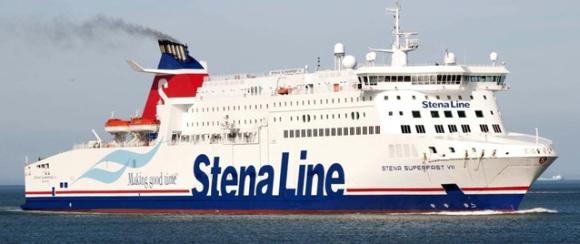 In November 2018, a Royal Navy nuclear submarine came within 50-100m of a collision with the Stena Superfast VII ferry near the entrance to Belfast harbor, according to an inquiry by the UK’s Marine Accident Investigation Branch.
In November 2018, a Royal Navy nuclear submarine came within 50-100m of a collision with the Stena Superfast VII ferry near the entrance to Belfast harbor, according to an inquiry by the UK’s Marine Accident Investigation Branch.
The Guardian reports: The report, released on Thursday, said the submarine’s control room team had underestimated the ferry’s speed and overestimated its range, which led to the near-miss. The ferry, which was traveling from Belfast to Cairnyan, in Scotland with 215 passengers and 67 crew on board when the lookout spotted the submarine’s periscope close ahead. The officer on watch had to immediately turn the ship to avoid a collision.
It was the third near-miss between navy submarines and a surface vessel in four years. The submarine, based at Faslane, had been patrolling an area south of the ferry route at the time. The Ministry of Defense would not confirm which of its 10 submarines was involved. All of its submarines are nuclear-powered but only four carry Trident nuclear missiles.

A link to the MAIB report for those interested
https://assets.publishing.service.gov.uk/media/5f0d7a44e90e070312c4c44e/2020-13-StenaSuperfastVII-RNSubmarine.pdf
Sub had AIS w/CPA on Superfast. Underlings on sub reported constant bearing to Superfast.
And the name of the target after all was… Superfast. So maybe don’t try to cross ahead? 🙂
The recorded plots for the incident offer a classic illustration of how stand on/give way can break down even as the outcome is exactly what the rules are intended to prevent. “Port! No, starboard!” Meanwhile the sub takes a curve ahead of Superfast, ending in as a parabolic failure on the chart. Textbook material.
The ability to estimate the range and speed of another vessel is pretty basic to submarine operations.
Ah but they were foiled by the devious skipper of the ferry not changing course like they expected. This may become a new wartime avoidance tactic 🙂